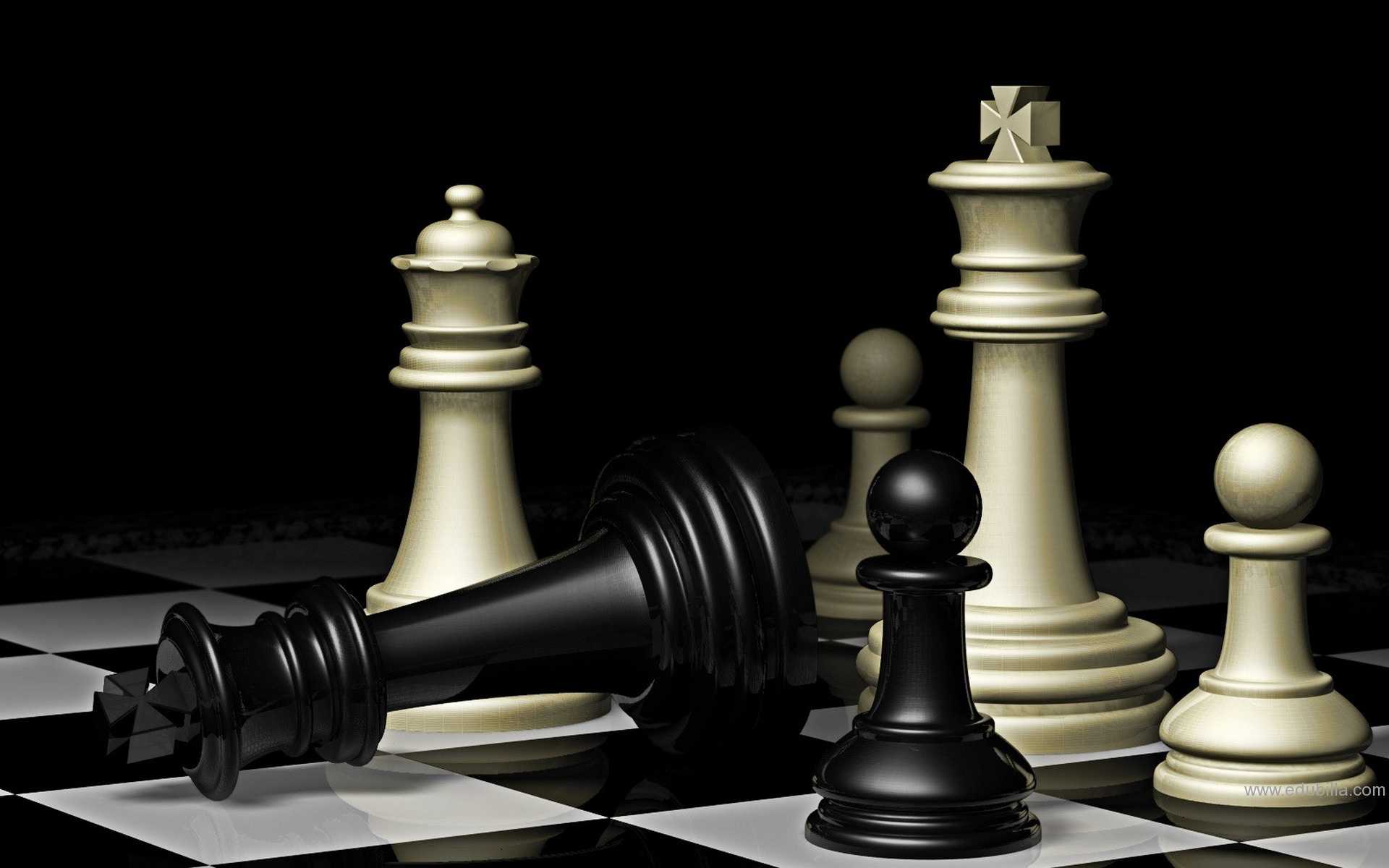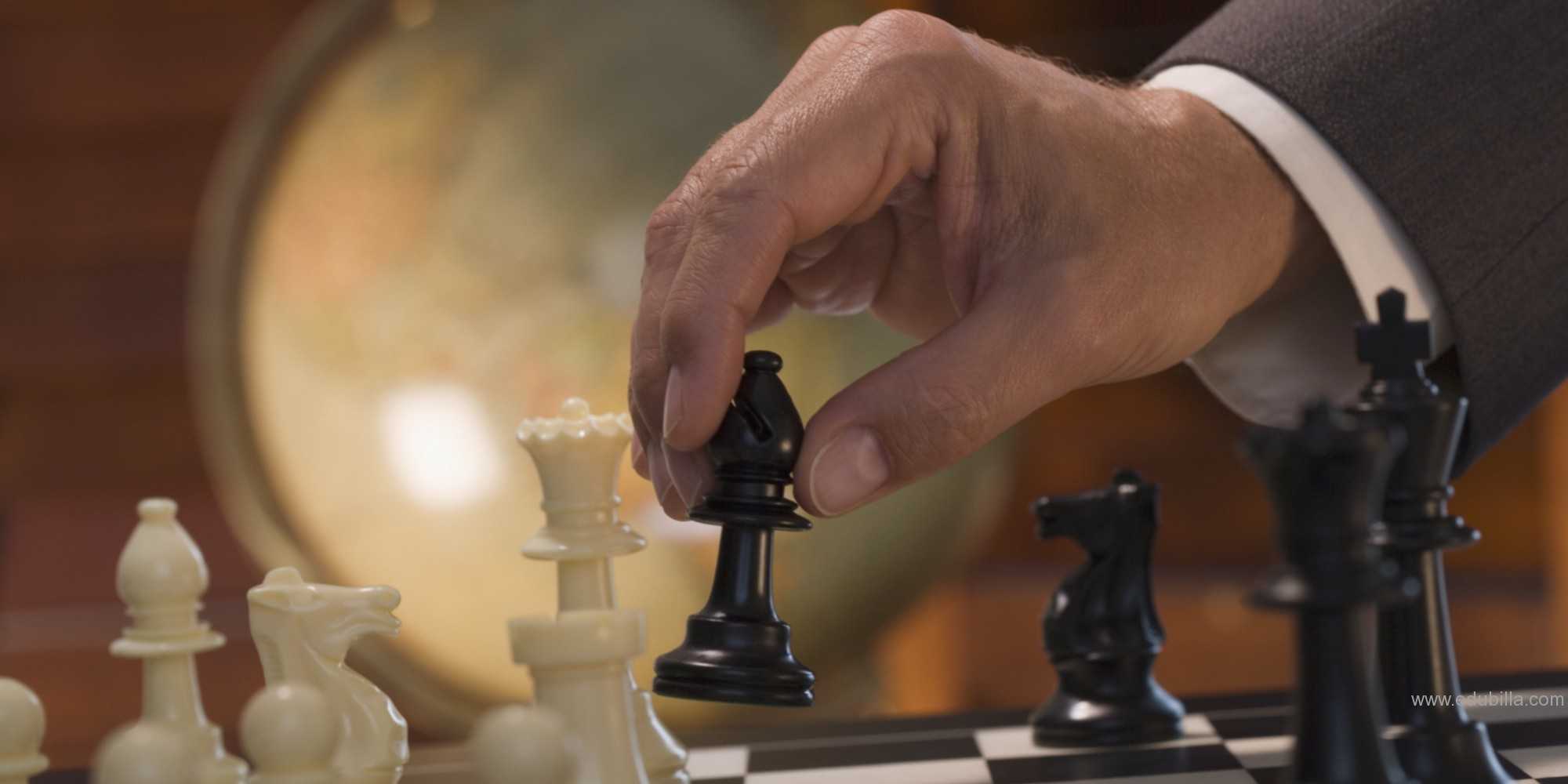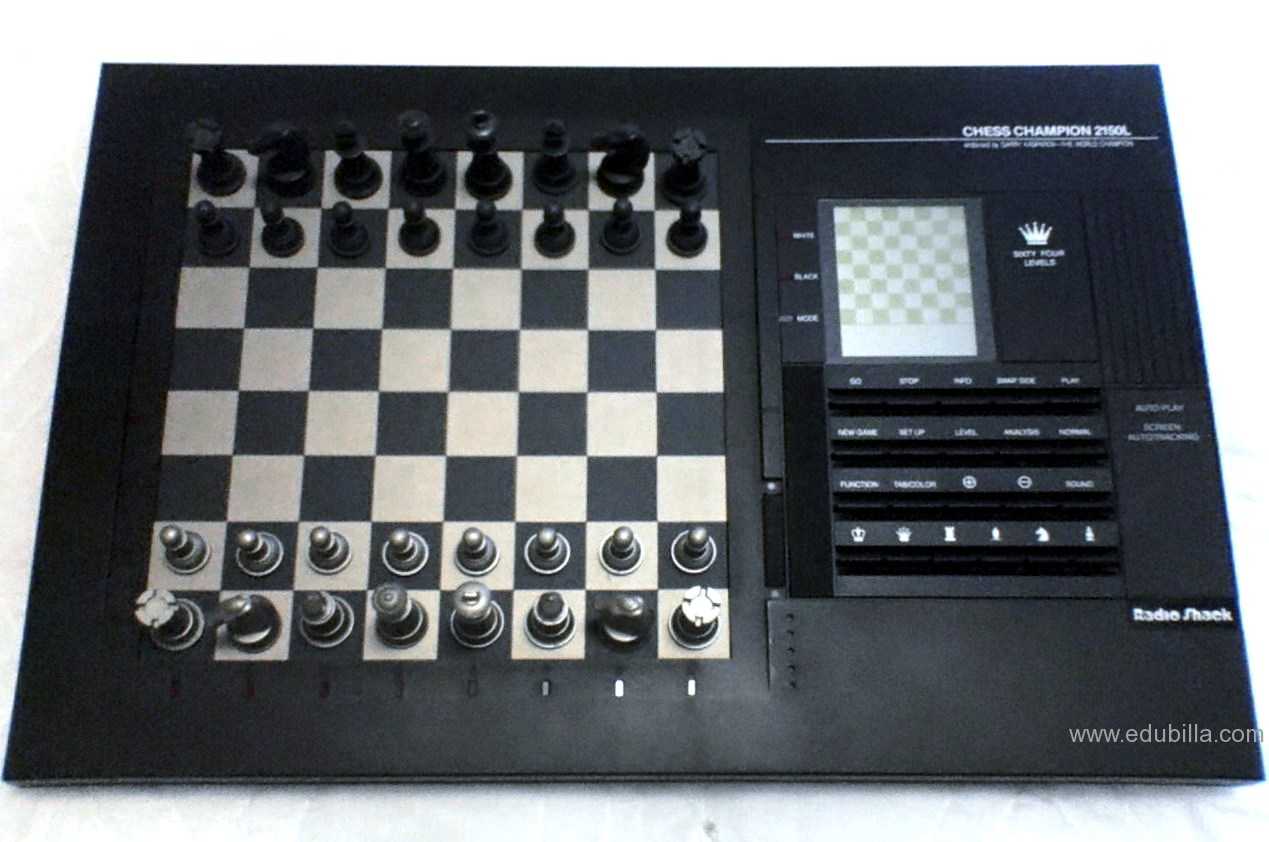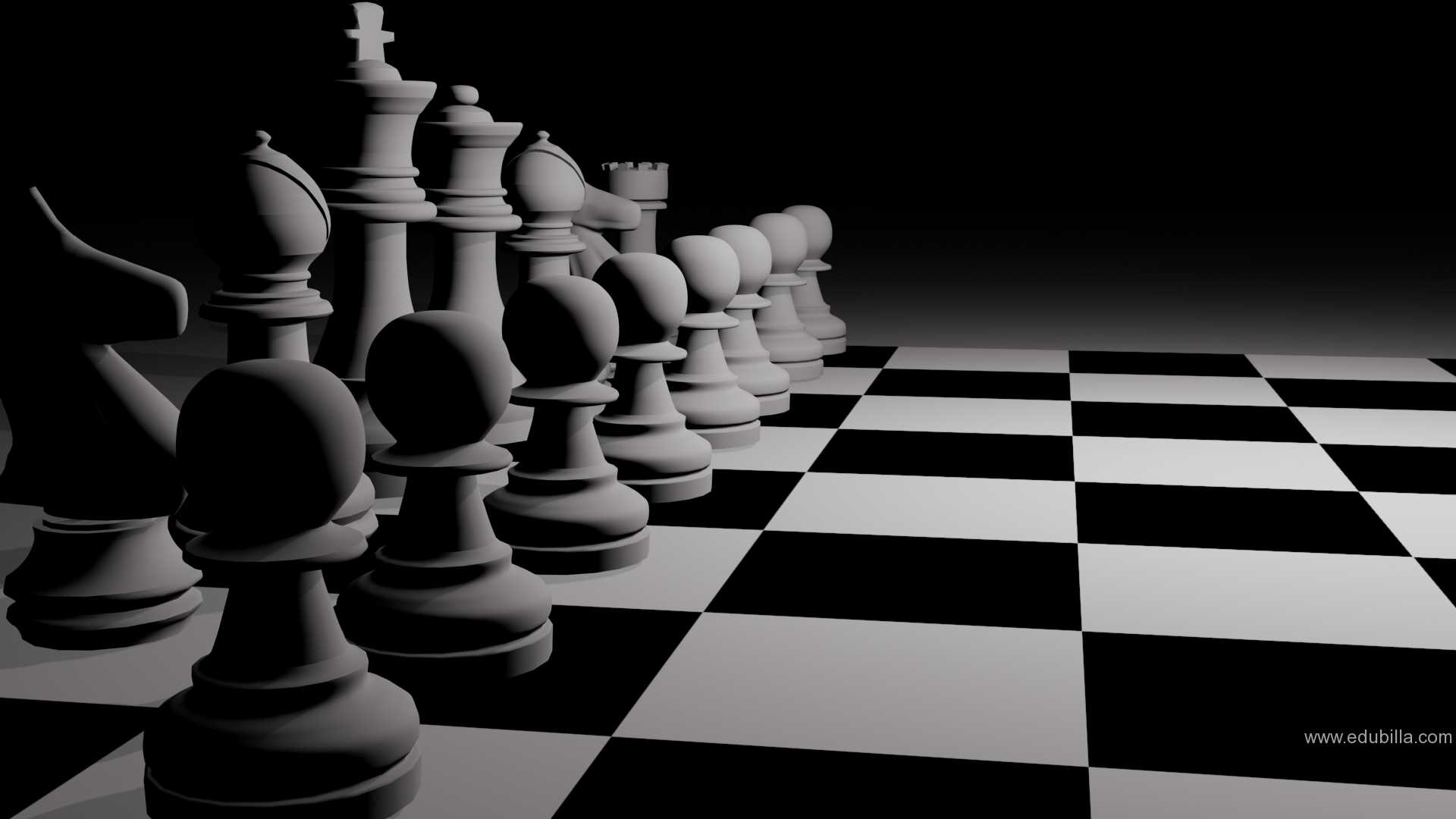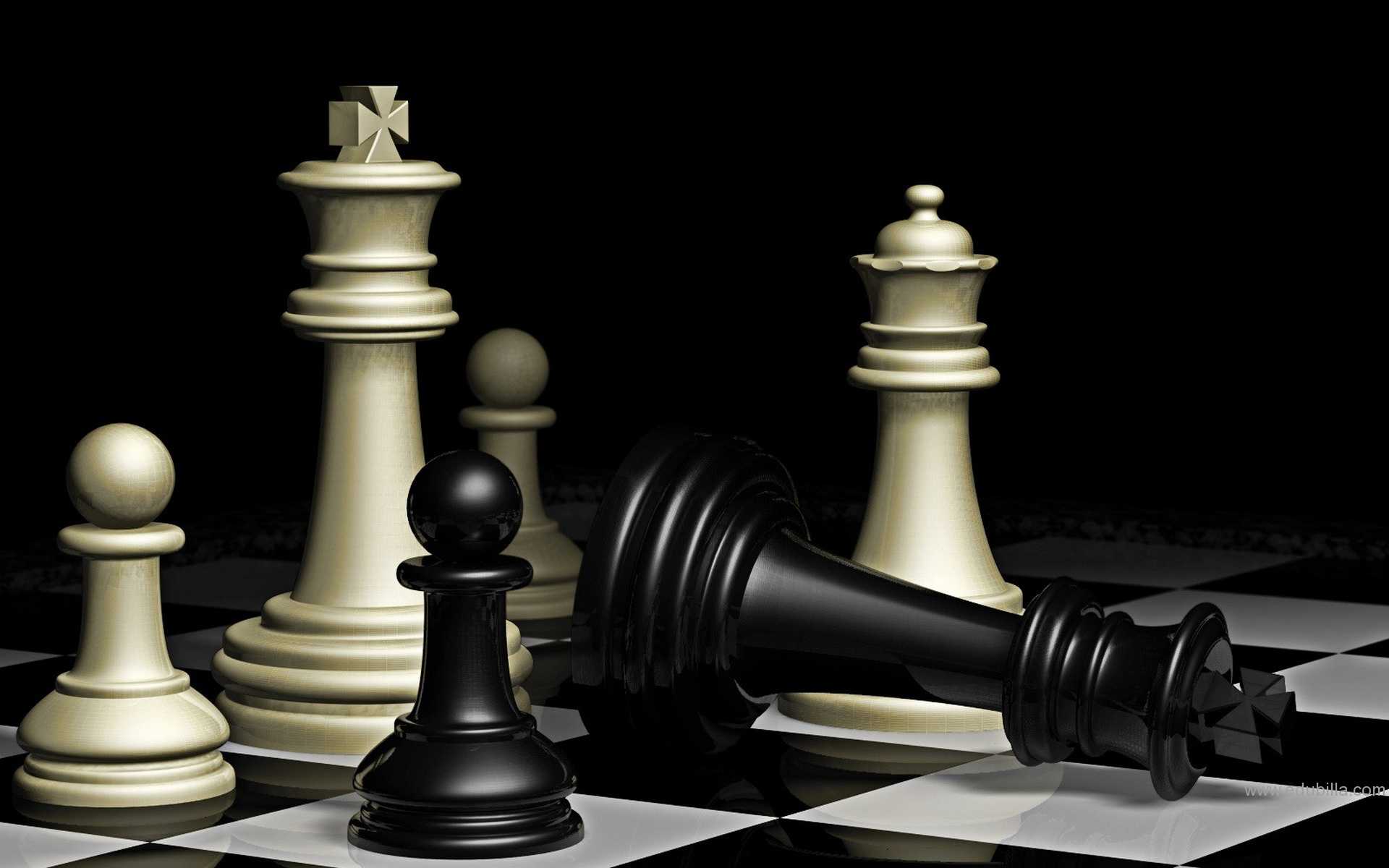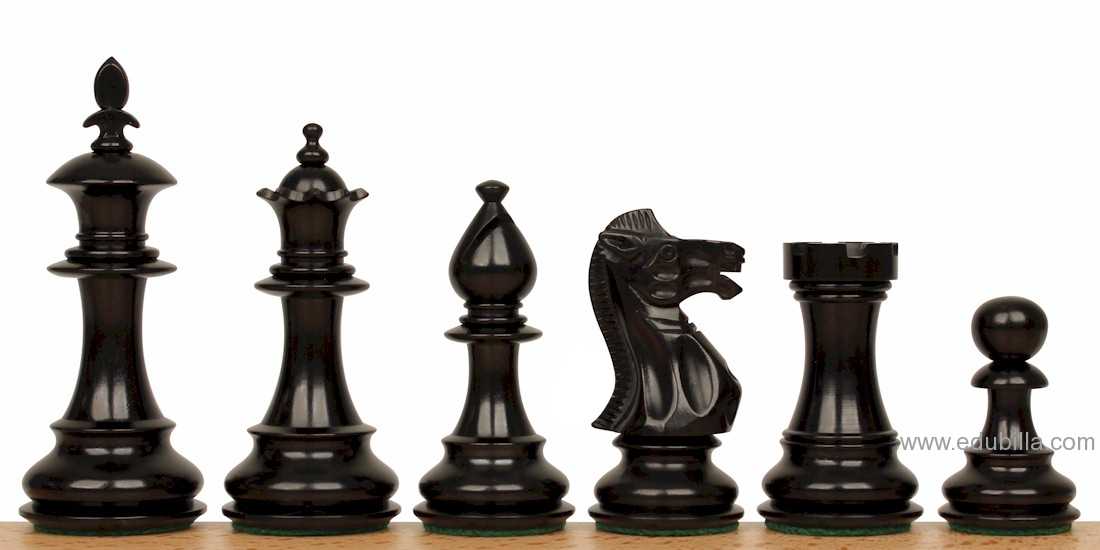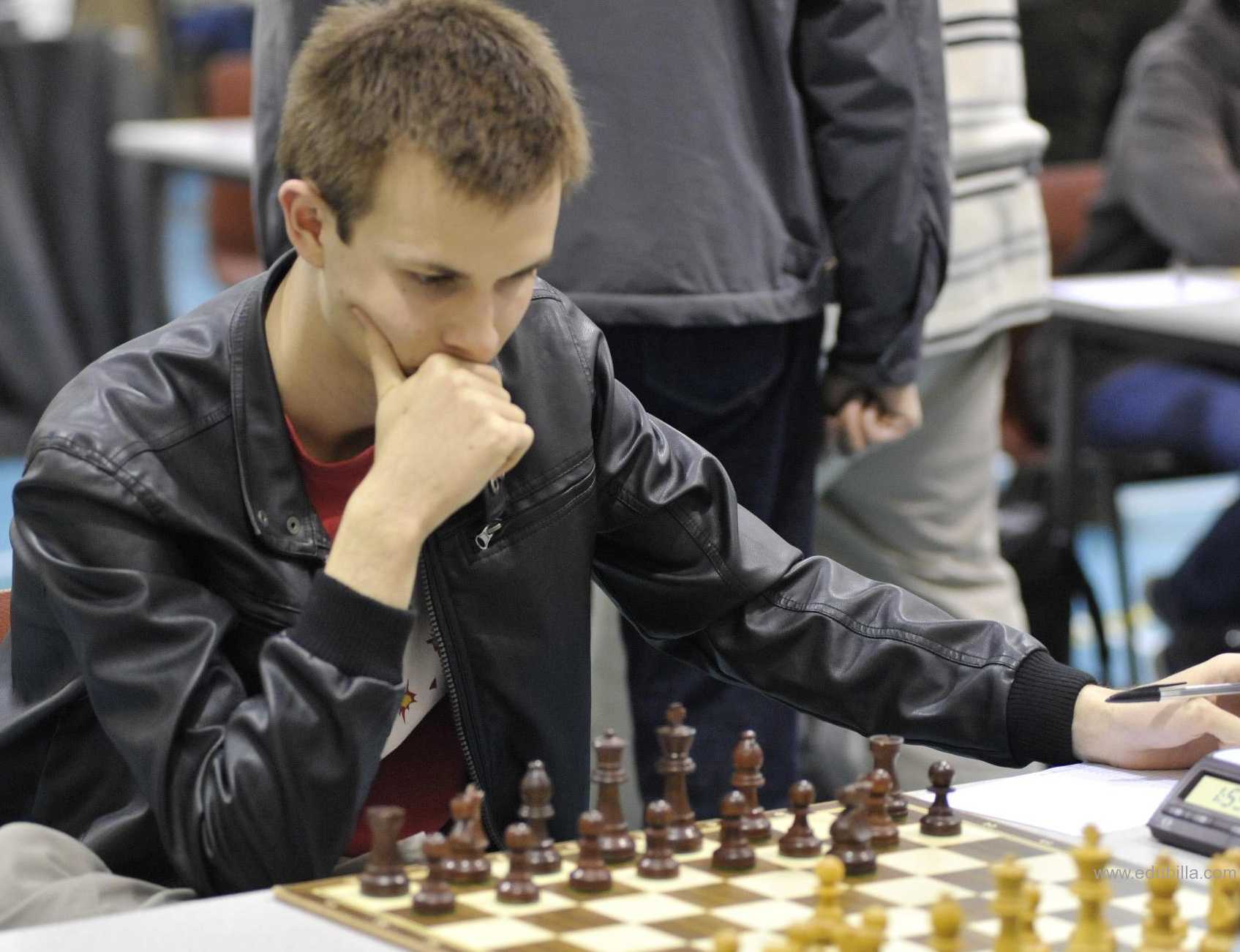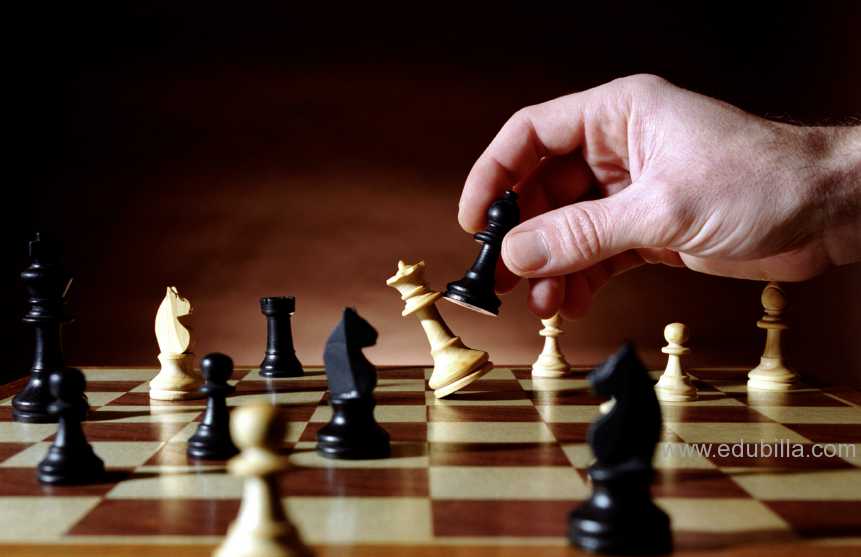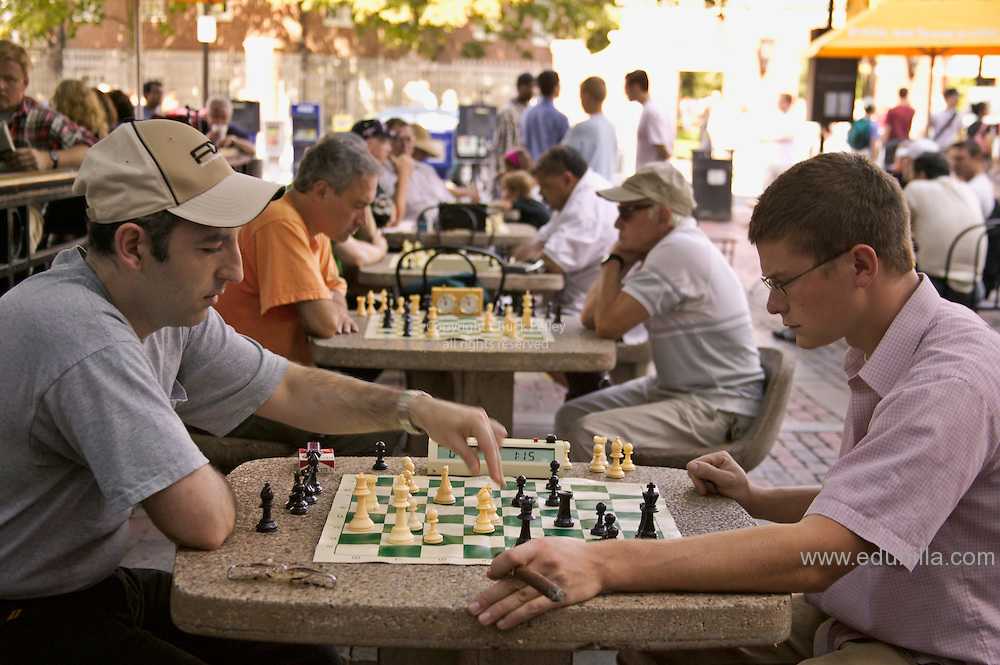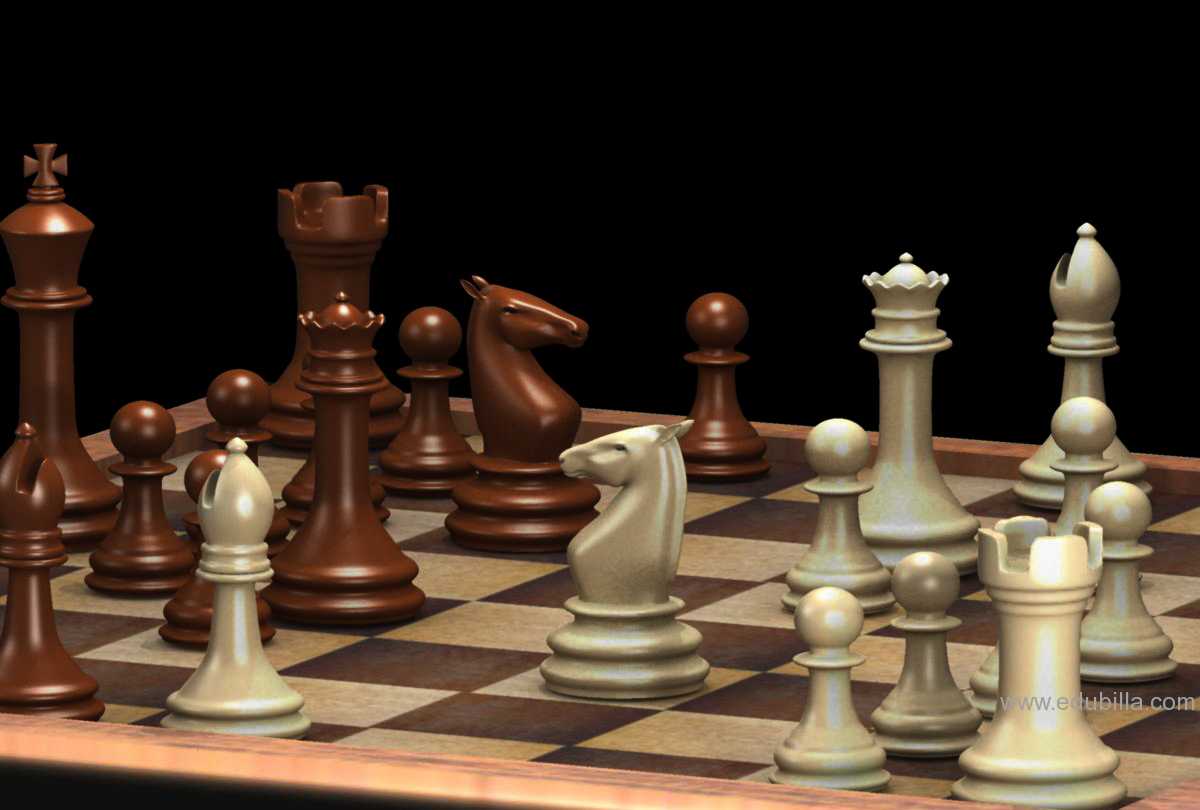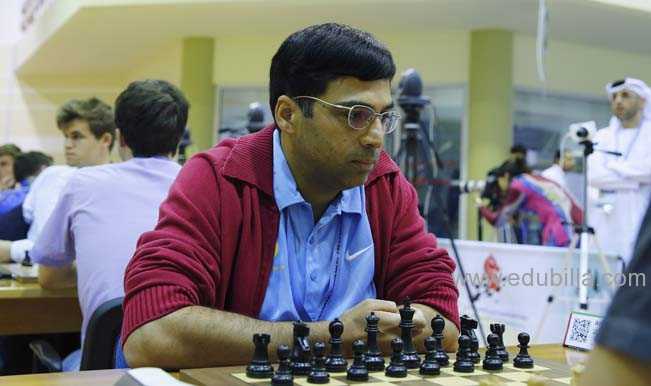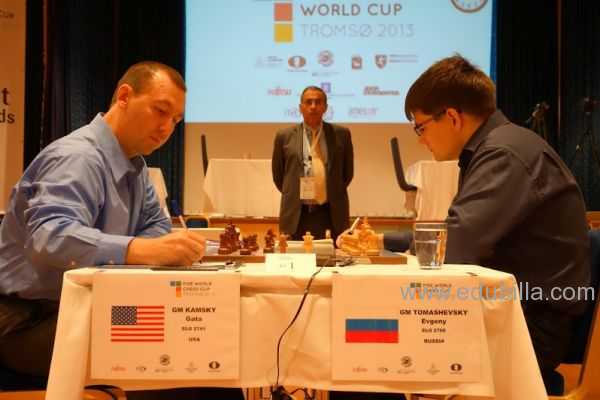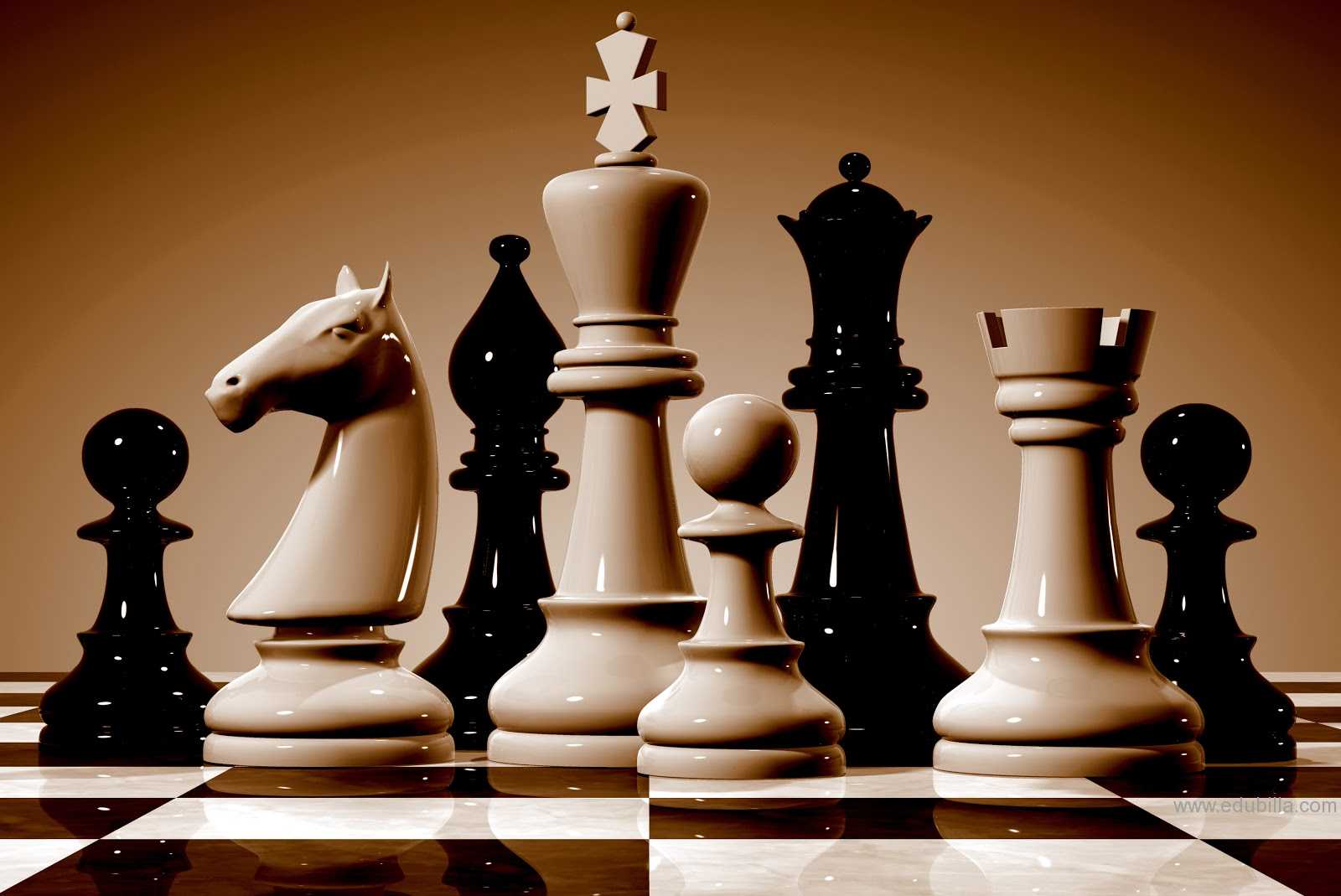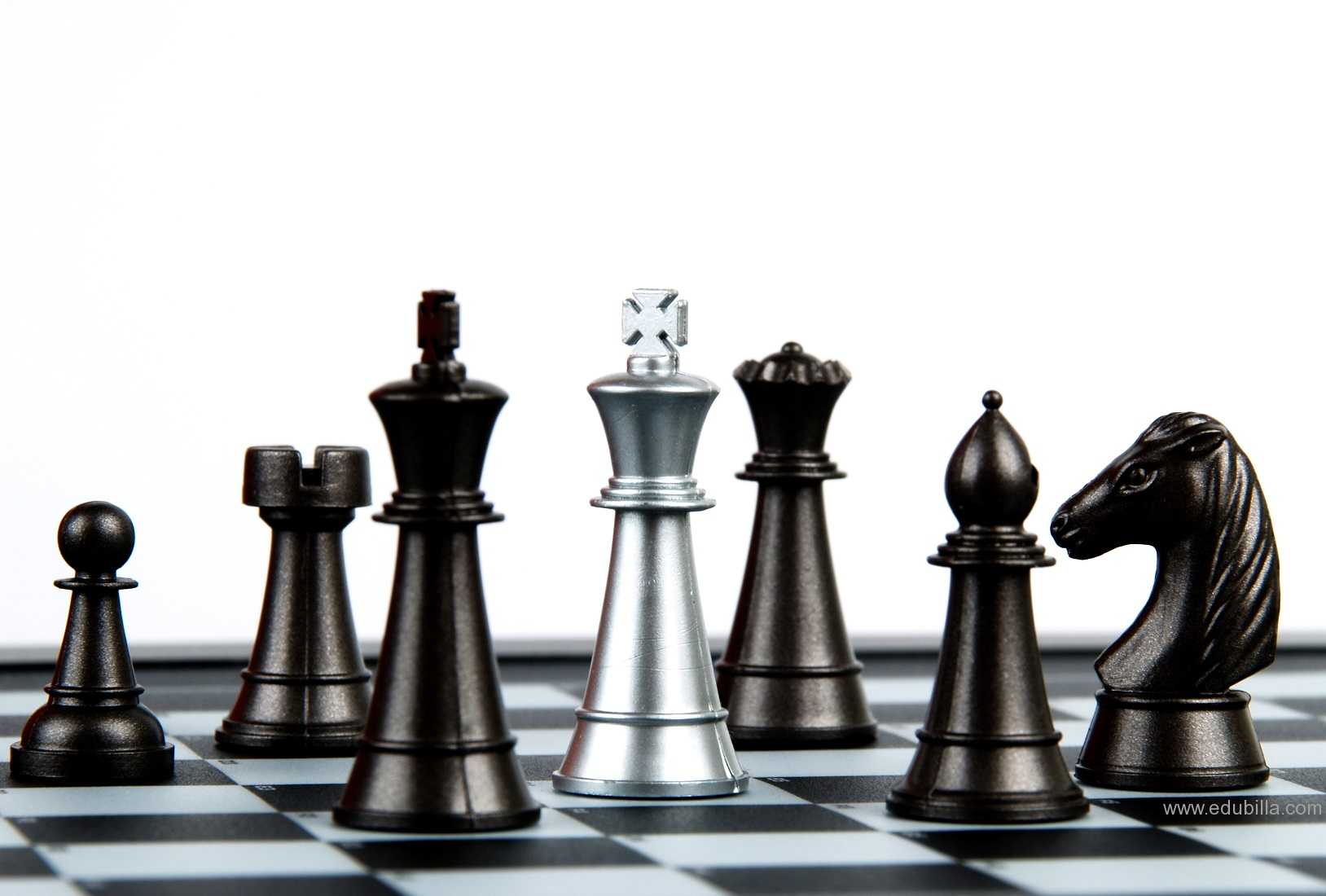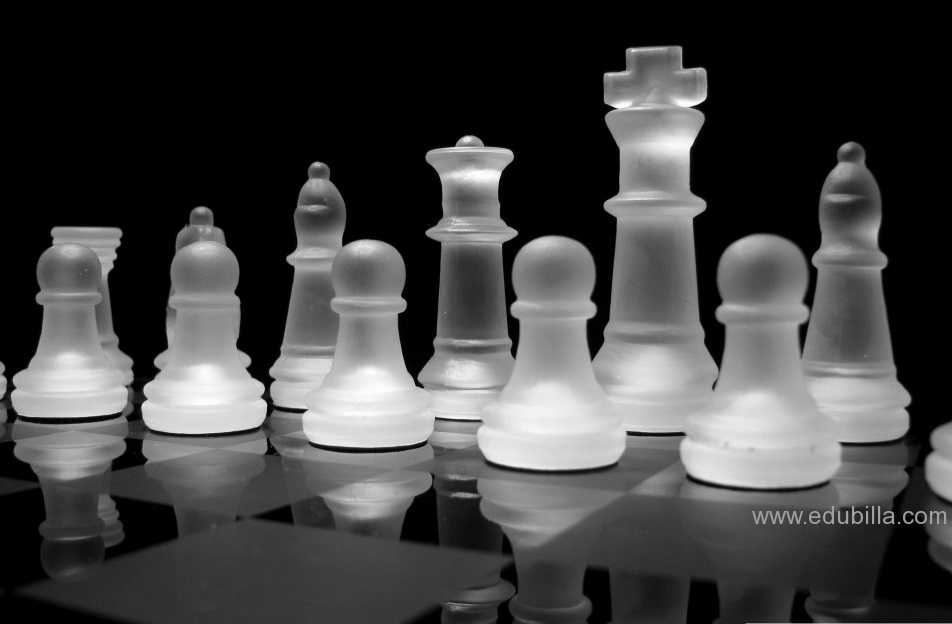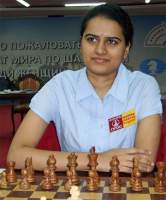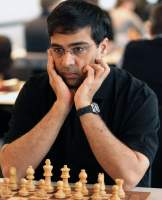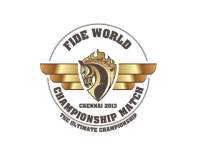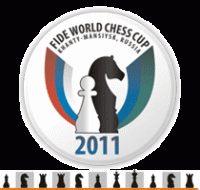
Overview Of Chess
Chess is a two-player board game played on a chessboard, a checkered gameboard with 64 squares arranged in an eight-by-eight grid. Chess is played by millions of people worldwide in homes, urban parks, clubs, online, correspondence, and in tournaments. In recent years, chess has become part of some school curricula.
Game Theory:
The 11-category, game theoretical taxonomy of chess includes: two player, no-chance, combinatorial, Markov state (present state is all a player needs to move; although past state led up to that point, knowledge of the sequence of past moves is not required to make the next move), zero sum, symmetric, perfect information, non-cooperative, discrete, extensive form (tree decisions, not payoff matrices), sequential.
Chess in India:
- Chess has risen in popularity in India in the last few decades primarily due to chess Grandmaster and former World Champion Viswanathan Anand.
- As of August 2015, the FIDE World Rankings of the top Indian male and female chess players:
- Viswanathan Anand is the world No. 2, with a rating of 2816
- Koneru Humpy is the female world No. 3, with a rating of 2579
- It is believed that the game originated from India as a successor to Chaturanga or Shatranj. The All India Chess Federation is the governing body for chess in India.
Organization of competitions:
Contemporary chess is an organized sport with structured international and national leagues, tournaments, and congresses. Chess's international governing body is FIDE (Fédération Internationale des Échecs). Most countries have a national chess organization as well (such as the US Chess Federation and English Chess Federation) which in turn is a member of FIDE. FIDE is a member of the International Olympic Committee,but the game of chess has never been part of the Olympic Games; chess does have its own Olympiad, held every two years as a team event.
Titles and rankings:
- The best players can be awarded specific lifetime titles by the world chess organization FIDE:
- Grandmaster (shortened as GM; sometimes International Grandmaster or IGM is used) is awarded to world-class chess masters. Apart from World Champion, Grandmaster is the highest title a chess player can attain. Before FIDE will confer the title on a player, the player must have an Elo chess rating (see below) of at least 2500 at one time and three favorable results (called norms) in tournaments involving other grandmasters, including some from countries other than the applicant's. There are other milestones a player can achieve to attain the title, such as winning the World Junior Championship.
- International Master (shortened as IM). The conditions are similar to GM, but less demanding. The minimum rating for the IM title is 2400.
- FIDE Master (shortened as FM). The usual way for a player to qualify for the FIDE Master title is by achieving a FIDE rating of 2300 or more.
- Candidate Master (shortened as CM). Similar to FM, but with a FIDE rating of at least 2200.
Publications:
Chess has a very extensive literature. In 1913, the chess historian H. J. R. Murray estimated the total number of books, magazines, and chess columns in newspapers to be about 5,000.B.H. Wood estimated the number, as of 1949, to be about 20,000.David Hooper and Kenneth Whyld write that, "Since then there has been a steady increase year by year of the number of new chess publications. No one knows how many have been printed."There are two significant public chess libraries: the John G. White Chess and Checkers Collection at Cleveland Public Library, with over 32,000 chess books and over 6,000 bound volumes of chess periodicals; and the Chess & Draughts collection at the National Library of the Netherlands, with about 30,000 books.Grandmaster Lothar Schmid owned the world's largest private collection of chess books and memorabilia.David DeLucia's chess library contains 7,000 to 8,000 chess books, a similar number of autographs (letters, score sheets, manuscripts), and about 1,000 items of "ephemera".Dirk Jan ten Geuzendam opines that DeLucia's collection "is arguably the finest chess collection in the world"
Variants:
There are more than two thousand published chess variants,most of them of relatively recent origin. Variants can include, but are not limited to:
- direct predecessors of chess such as chaturanga and shatranj;
- traditional national or regional games which share common ancestors with Western chess such as xiangqi, shogi, janggi, makruk, and sittuyin;
- modern variations employing different rules (e.g. Losing chess), or different forces (e.g. Dunsany's chess), or non-standard pieces (e.g. Grand Chess), or different board geometries (e.g. hexagonal chess). One of the most popular modern variants is Chess960, where the starting position is selected randomly, rendering the use of prepared opening lines impracticable.
In the context of chess variants, regular chess is sometimes referred to as "orthochess".
Game Rules
These rules apply to games played "over the board". There are special rules for correspondence chess, blitz chess, computer chess, and for handicapped players.
Act of moving the pieces:
- The movement of pieces is to be done with one hand. Once the hand is taken off a piece after moving it, the move cannot be retracted unless the move is illegal. When castling, the player should first move the king with one hand and then move the rook with the same hand (Schiller 2003:19–20).
- In the case of a pawn promotion, if the player releases the pawn on the eighth rank, the player must promote the pawn. After the pawn has moved, the player may touch any piece not on the board and the promotion is not finalized until the new piece is released on the promotion square (Just 2014).
Touch-move rule:
- In serious play, if a player having the move touches a piece as if having the intention of moving it, then the player must move it if it can be legally moved. So long as the hand has not left the piece on a new square, any legal move can be made with the piece. If a player touches one of the opponent's pieces then that piece must be captured if there is a legal move that does so. If none of the touched pieces can be moved or captured there is no penalty (Schiller 2003:19–20).
- When castling, the king must be the first piece touched.If the player touches the rook at the same time as touching the king, the player must castle with that rook if it is legal to do so. If the player completes a two-square king move without touching a rook, the player must move the correct rook accordingly if castling in that direction is legal. If a player starts to castle illegally, another legal king move must be made if possible, including castling with the other rook (Schiller 2003:20).
- If a player moves a pawn to its eighth rank, it cannot be substituted for a different move of the pawn when the player has stopped touching it. However, the move is not complete until the promoted piece is released on that square.
- If a player wishes to touch a piece with the intention of adjusting its position on a square, the player must first alert the opponent of this intention by saying J'adoube or "I adjust". Once the game has started, only the player with the move may touch the pieces on the board (Schiller 2003:19–20).
Timing:
- Tournament games are played under time constraints, called time controls, using a game clock. Each player must make his moves within the time control or forfeit the game. There are different types of time controls. In some cases each player will have a certain amount of time to make a certain number of moves. In other cases each player will have a limited amount of time to make all of his moves. Also, the player may gain a small amount of additional time for each move made, either by a small increment added for each move made, or by the clock delaying a small amount of time each time it is started after the opponent's move (Schiller 2003:21–24).
- If a player delivers a checkmate, the game is over and that player wins, no matter what is subsequently noticed about the time on the clock.
- If player A calls attention to player B being out of time while player A is not out of time and some sequence of legal moves leads to B being checkmated then player A wins automatically.
- If player A does not have the possibility of checkmating B then the game is a draw (Schiller 2003:28).
- The United States Chess Federation (USCF) rule is different. USCF Rule 14E defines "insufficient material to win on time", that is lone king, king plus knight, king plus bishop, and king plus two knights opposed by no pawns, and there is no forced win in the final position. Hence to win on time with this material, the USCF rule requires that a win can be forced from that position, while the FIDE rule merely requires a win to be possible. (See Monika Socko rules appeal in 2008 and Women's World Chess Championship 2008 for a famous instance of this rule.)
- If a player is out of time and also calls attention to his opponent running out of time, then:
- If a sudden death time control is not being used, the game continues in the next time control period (Schiller 2003:23).
- if the game is played under a sudden death time control, then if it can be established which player ran out of time first, the game is lost by that player; otherwise the game is drawn (Schiller 2003:29).
- If a player believes that his opponent is attempting to win the game on time and not by normal means (i.e. checkmate), if it is a sudden death time control and the player has less than two minutes remaining, the player may stop the clocks and claim a draw with the arbiter. The arbiter may declare the game a draw or postpone the decision and allot the opponent two extra minutes (Schiller 2003:21–24,29).
Recording moves:
- Each square of the chessboard is identified with a unique pair of a letter and a number. The vertical files are labeled a through h, from White's left (i.e. the queenside) to White's right. Similarly, the horizontal ranks are numbered from 1 to 8, starting from the one nearest White's side of the board. Each square of the board, then, is uniquely identified by its file letter and rank number. The white king, for example, starts the game on square e1. The black knight on b8 can move to a6 or c6.
- In formal competition, each player is obliged to record each move as it is played in a chess notation in order to settle disputes about illegal positions, overstepping time control, and making claims of draws by the fifty-move rule or repetition of position. Algebraic chess notation is the accepted standard for recording games today. There are other systems such as ICCF numeric notation for international correspondence chess and the obsolete descriptive chess notation. The current rule is that a move must be made on the board before it is written on paper or recorded with an electronic device.
- Both players should indicate offers of a draw by writing "=" at that move on their scoresheet (Schiller 2003:27). Notations about the time on the clocks can be made. If a player has less than five minutes left to complete all of their moves, they are not required to record the moves (unless a delay of at least thirty seconds per move is being used). The scoresheet must be made available to the arbiter at all times. A player may respond to an opponent's move before writing it down (Schiller 2003:25–26).
Equipments Need For Chess
Chess Sets
Chess set usually means a board plus pieces. Some players say set to mean just the pieces. Sets can be bought as a board together with pieces or assembled by combining a board with separate pieces.
The important thing about a chess set is that it be esthetically pleasing. The size and color of the pieces should match the size and color of the squares on the board.
Travel chess sets:
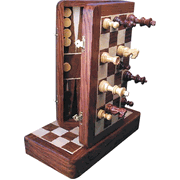
Travel chess sets are for use in a car, train, or plane. The pieces are usually magnetic or pegged and there is a convenient place to store the pieces as they are exchanged off the board.
Theme chess sets:

Theme chess sets have the opposing armies designed on a specific motif, usually where the pieces are natural adversaries -- Cowboys vs. Indians, cats vs. dogs, or traditional rivals in some other sport -- and are more decorative than functional.
Chess Pieces:

The most familiar and popular pieces follow the Staunton pattern, first registered in 1849 by Nathaniel Cook. Staunton pieces are required for most tournaments. They are normally made from wood or plastic, although other materials can be used.
When purchasing a chess set, consider the colors of the opposing armies, the material used, the weight, the base size, the height of the pieces, and whether the pieces are felted or not. Pieces for beginners sometimes have the legal moves printed on each piece. These are like training wheels for a bicycle and are soon replaced by a normal set.
Chess Boards:
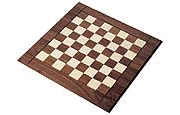
Although most chess positions are diagrammed with white & dark gray squares, very few boards use those colors or use white & black. Inexpensive boards often come with red & black squares, but these are hard on the eyes.
Boards are also sold built into the table. The board should have adequate borders to place the clock and captured pieces.
Many boards have coordinates for algebraic notation printed on two sides of the board. These are useful even for advanced players.
Chess Clocks:
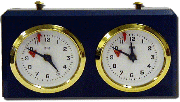
The first clocks, used in the 19th century, were sandglasses, which kept track of each player's time on a different device. These were soon superseded by two connected analog clocks. One player's clock starts as soon as the other player has made a move and punched the clock.
Analog clocks are equipped with a flag located between 11:00 and 12:00 on each clock face. As the minute hand gets close to 12:00, its tip catches the flag, and as the clock continues to run, the flag is pushed from a vertical to a horizontal position.
As soon as the hand reaches 12:00, the flag falls. If this happens at a time control and if the player on move has not made the required number of moves, the game is scored as a loss on time.
Travel bags:

Travel bags to carry the board, pieces, clock, and supplies are a necessity for the tournament player. This is especially true in the USA, where chess sets & clocks are normally not provided for tournament play. It is less important in Europe, where they are provided.
History Of Chess
The history of chess spans over 1500 years. The earliest predecessor of the game probably originated in India, before the 6th century AD; a minority of historians believe the game originated in China. From India, the game spread to Persia. When the Arabs conquered Persia, chess was taken up by the Muslim world and subsequently spread to Southern Europe. In Europe, chess evolved into roughly its current form in the 15th century. The "Romantic Era of Chess" was the predominant chess playing style down to the 1880s. It was characterized by swashbuckling attacks, clever combinations, brash piece sacrifices and dynamic games. Winning was secondary to winning with style. These games were focused more on artistic expression, rather than technical mastery or long-term planning. The Romantic era of play was followed by the Scientific, Hypermodern, and New Dynamism eras.
Timeline of chess:
- 6th century – The game chaturanga probably evolved into its current form around this time in India.
- 569 – A Chinese emperor wrote a book of xiangqi, Xiang Jing, in AD 569.
- c. 600 – The Karnamuk-i-Artakhshatr-i-Papakan contains references to the Persian game of shatranj, the direct ancestor of modern Chess. shatranj was initially called "Chatrang" in Persian (named after the Indian version), which was later renamed to shatranj.
- c. 720 – Chess spreads across the Islamic world from Persia.
- c. 840 – Earliest surviving chess problems by Caliph Billah of Baghdad.
- c. 900 – Entry on Chess in the Chinese work Huan Kwai Lu ('Book of Marvels').
- 997 – Versus de scachis is the earliest known work mentioning chess in Christian Western Europe.
- 1008 – Mention of chess in the will of Count Uregel, another early reference.
- 10th century – As-Suli writes Kitab Ash-Shatranj, the earliest known work to take a scientific approach to chess strategy.
- late 10th century – Dark and light squares are introduced on a chessboard.
- 1173 – Earliest recorded use of algebraic chess notation.
- 1283 – Alfonso X compiles the Libro de los juegos, with an extensive collection of chess problems.
- late 13th century – Pawns can now move two ranks on first move.
- late 14th century – The en passant rule is introduced.
- 1422 – A manuscript from Kraków sets the rule that stalemate is a draw.
- 1471 – The Göttingen manuscript is the first book to deal solely with chess.
- 1474 – William Caxton publishes The Game and Playe of Chesse, the first chess book in English.
- 1475–1525 – The modern moves for the queen, bishop, and castling are slowly adopted.
- 1475 – Scachs d'amor the first published game of modern chess, written as a poem.
- 1497 – Luis Ramirez Lucena publishes the earliest surviving work on the modern European game.
- 1510 – Marco Girolamo Vida wrote Scacchia ludus(The Game of Chess) with the first reference to a goddess of chess.
- 1512 – Pedro Damiano publishes one of the first chess treatises, Questo libro e da imparare giocare a scachi et de li partiti
- 1561 – Ruy López coins the word gambit to describe opening sacrifices.
- 1690 – Openings are now systematically classified by the Traite de Lausanne.
18th century:
- 1744 – François-André Danican Philidor plays two opponents blindfolded in Paris.
- 1747 – François-André Danican Philidor (France) defeats Philipp Stamma (Syria) in a London match.
- 1763 – Sir William Jones invents Caissa, the chess muse.
- 1769 – Baron Wolfgang von Kempelen builds the Mechanical Turk.
- 1783 – Philidor plays as many as three games simultaneously without seeing the board.
19th century:
- 1802 – Earliest known American chess book, Chess Made Easy, by J. Humphreys.
- 1813 – The Liverpool Mercury prints the world's earliest chess column.
- 1824 – Earliest known British correspondence chess match, London–Edinburgh.
- 1830 – Earliest recorded instance of a modern female chess player.
- 1834 – Earliest recorded international challenge match: Alexander McDonnell (Ireland) versus Louis de la Bourdonnais (France) at the Westminster Chess Club, London.
- 1843 – Howard Staunton (England) wins a match against Pierre Charles Fournier de Saint-Amant (France) in Paris.
- 1845 – Telegraph is used to transmit moves in a match between London and Portsmouth.
- 1846 – Deutsche Schachzeitung is the first German chess magazine.
- 1848 – Earliest known instance of a game played between blind players.
- 1849 – Staunton chess set created by Nathaniel Cook.
- 1851 – First international tournament is held in London, and won by Adolf Anderssen.
- 1852 – Sandglasses are first used to time a game.
- 1857 – First American Chess Congress, won by 20-year-old Paul Morphy, causes a chess epidemic across the U.S.
- 1857 – The UK Chess Association is formed.
- 1858 – The California Chess Congress is held in San Francisco, won by Selim Franklin
- 1859 – Paul Morphy declared unofficial world champion after two years of international play
- 1861 – Games played via transoceanic cables (Dublin–Liverpool).
- 1867 – Mechanical game clocks are introduced in tournament play.
- 1870 – Earliest recorded tournament in Germany (Baden-Baden).
- 1871 – Durand publishes the first book on endgames.
- 1873 – The Neustadtl score system is first used in a tournament.
- 1877 – Formation of the Deutsche Schachbund.
- 1879 – First New Zealand Chess Championship, the longest running national chess championship in the world.
- 1883 – Invention of Forsyth notation.
- 1884 – Paul Morphy dies.
- 1886 – First official World Chess Championship match held between Wilhelm Steinitz and Johannes Zukertort. Steinitz wins decisively with the score 12½–7½ to become the first official world champion.
- 1888 – First international correspondence tournament.
- 1888 – U.S. Chess Championship starts.
- 1894 – Emanuel Lasker defeats Wilhelm Steinitz in a world championship match to become the second official world champion.
- 1895 – Hastings 1895 chess tournament at Hastings, England.
- 1899 – Chess clocks now have timeout flags.
20th century:
- 1902 – First radio chess match by players on two American ships.
- 1904 – British Chess Federation (BCF) is established.
- 1905 – British national championship for women starts.
- 1907 – Lasker–Marshall World Championship match in several US cities.
- 1910 – José Raúl Capablanca is the first to win a major tournament (in New York) with a 100% score.
- 1911 – The first simultaneous exhibition with more than 100 participants.
- 1913 – Publication of H. J. R. Murray's monumental book A History of Chess.
- 1913 – The grasshopper is the first fairy piece invented, having its origin in the Renaissance "leaping queen".
- 1919 – Capablanca plays a simul in the House of Commons against 39 players.
- 1921 – British correspondence championship starts.
- 1921 – José Raúl Capablanca defeats Emanuel Lasker in Havana +4 -0 =10 to become the third official world champion.
- 1924 – Establishment of Fédération Internationale des Échecs (FIDE).
- 1924 – Staunton set officially adopted by FIDE.
- 1927 – First official Chess Olympiad in London.
- 1927 – Alexander Alekhine defeats Capablanca at Buenos Aires with +6 -3 =25 and became the fourth official world champion.
- 1935 – Max Euwe wins the world championship title from Alexander Alekhine in Zandvoort, The Netherlands +9 -8 =13 and became the fifth official world champion.
- 1937 – A record for simultaneous blindfold play against 34 opponents.
- 1937 – Alexander Alekhine regains his champion title from Max Euwe in The Netherlands +10 -4 =11.
- 1941 – Basic Chess Endings by Reuben Fine published.
- 1945 – USA vs USSR Radio match is the first international sporting event after World War II. The USSR scores an overwhelming victory and would dominate world chess for the next 25 years.
- 1946 – Reigning world champion Alexander Alekhine dies in Portugal, leaving the title vacant. FIDE moves to gain control of the world championship.
- 1947 – The first postage stamp with a chess motif was printed by Bulgaria.
- 1948 – Mikhail Botvinnik wins the 1948 World Chess Championship, which was held at The Hague and Moscow. He became the sixth official world champion.
- 1949 – Claude Shannon speculates on how computers might play chess.
- 1950 – FIDE introduces the International Grandmaster (GM) and International Master (IM) titles.
- 1950 – First Candidates Tournament is held in Budapest. David Bronstein wins after a playoff against Isaac Boleslavsky.
- 1951 – Mikhail Botvinnik retains his title after the World Championship match with challenger David Bronstein ends in a 12–12 tie.
- 1951 – First World Junior Chess Championship held.
- 1952 – Soviet Union begins their string of Chess Olympiad victories in Helsinki.
- 1953 – Vasily Smyslov wins the Candidates Tournament at Zurich. The tournament is the subject of a well-known book by David Bronstein.
- 1954 – Mikhail Botvinnik retains his title after the World Championship match with challenger Vasily Smyslov ends in a 12–12 tie.
- 1956 – Vasily Smyslov wins the Candidates Tournament in Amsterdam. Paul Keres finishes second.
- 1957 – Vasily Smyslov defeats Botvinnik by the score 12½–9½ and became the seventh official world champion.
- 1958 – Botvinnik defeats Smyslov in a rematch by the score 12½–10½ to regain the title.
- 1958 – Bobby Fischer qualifies for the 1959 Candidates Match, becoming the youngest ever Grandmaster. This record would stand until 1991.
- 1959 – Mikhail Tal wins the Candidates Tournament in Yugoslavia. Paul Keres finishes second.
- 1960 – Mikhail Tal defeats Botvinnik +6 -2 =13 to become the eighth official world champion and the youngest-ever world champion (a record later broken by Garry Kasparov, who earned the title at 22).
- 1961 – Botvinnik defeats Tal in a rematch by the score +10 -5 =6 to regain the title.
- 1962 – Tigran Petrosian wins the Candidates Tournament in Curaçao, going through the tournament without a defeat. Paul Keres finishes second in a Candidates Tournament for the third consecutive time.
- 1963 – Tigran Petrosian defeats Botvinnik 12½–9½ to become the ninth World Chess Champion.
- 1965 – Boris Spassky wins Candidates Matches against Paul Keres, Efim Geller, and Mikhail Tal.
- 1966 – Tigran Petrosian successfully defends his World Championship title against Boris Spassky, 12½–11½.
- 1967 – Bent Larsen wins the Sousse Interzonal after Bobby Fischer withdraws after ten games while leading with 8½ points. Larsen also wins the first Chess Oscar.
- 1969 – Boris Spassky defeats Petrosian 12½–11½ to become the tenth World Chess Champion.
- 1970 – Bobby Fischer wins the Palma de Mallorca Interzonal 3½ points ahead of his nearest rival.
- 1971 – Bobby Fischer blazes through his Candidates Matches, defeating Mark Taimanov and Bent Larsen each 6–0 and Tigran Petrosian by 6½–2½. Fischer establishes a 20-game winning streak in 1970 and 1971.
- 1972 – Bobby Fischer beats Boris Spassky for the World Chess Championship 1972, giving chess an unprecedented level of publicity. The score was 12½–8½ to become the eleventh World Chess Champion.
- 1975 – Anatoly Karpov becomes the twelfth World Champion without having defeated the reigning champion as Fischer forfeits his crown.
- 1977 – Female player Nona Gaprindashvili wins the men's tournament at Lone Pine.
- 1978 – Nona Gaprindashvili becomes the first woman to receive the FIDE Grandmaster title.
- 1978 – FIDE Master (FM) introduced as a title below International Master.
- 1978 – First Sargon (chess) chess-playing software for personal computers introduced at the 1978 West Coast Computer Faire.
- 1981 – Anatoly Karpov convincingly defeats challenger Viktor Korchnoi six wins to two to retain the World Championship.
- 1984 – In a controversial decision, the FIDE president abandons the first World Championship match between Garry Kasparov and Anatoly Karpov after 48 games with Karpov leading 5–3.
- 1985 – Garry Kasparov defeats Anatoly Karpov to become the thirteenth World Chess Champion 13–11, and then dominates world chess for the next 15 years.
- 1986 – Theatrical version of Chess opens in London's West End.
- 1991 – Judit Polgár becomes the youngest ever Grandmaster, breaking Bobby Fischer's record by about a month.
- 1992 – Bobby Fischer plays Boris Spassky in FR Yugoslavia in a rematch of the 1972 World Championship.
- 1993 – Searching for Bobby Fischer motion picture released (in the United Kingdom as "Innocent Moves").
- 1996 – Deep Blue beats Garry Kasparov in the first game won by a chess-playing computer against a reigning world champion under normal chess tournament conditions. Kasparov recovers to win the match 4–2 (three wins, one loss, two draws).
- 1997 – Garry Kasparov loses a rematch to chess supercomputer Deep Blue (2½–3½), becoming the first World Champion to lose a match to a computer.
- 1999 – Kasparov plays and wins against the World whose moves were determined by plurality of vote via Internet.
- 2000 – Garry Kasparov loses his title to Vladimir Kramnik (8½–6½). Kramnik became the World Chess Champion of Professional Chess Association.
21st century
- 2001 – FIDE introduces shortened time controls for the knockout world championship held later that year, amid controversy.
- 2002 – Sergey Karjakin becomes the youngest ever Grandmaster at age 12 years and 7 months.
- 2003 – In two separate matches, Kasparov battles Deep Junior and X3D Fritz to draws. These would be the last notable human–computer chess matches that did not result in victory for the computer.
- 2004 – Rustam Kasimdzhanov wins the FIDE World Chess Championship 2004 by beating Michael Adams in the final.
- 2004 – Vladimir Kramnik successfully defends his title in the Classical World Chess Championship 2004 against Peter Leko.
- 2005 – Veselin Topalov wins the FIDE World Chess Championship 2005 with 10/14 (+6 -0 =8).
- 2006 – World Chess Championship reunited when Vladimir Kramnik defeats Veselin Topalov in the FIDE World Chess Championship 2006.
- 2007 – Viswanathan Anand becomes the fifteenth World Chess Champion after winning the World Chess Championship 2007 tournament held in Mexico City. Anand finished the tournament with a score of 9/14 (+4 -0 =10).
- 2008 – Former World Champion Bobby Fischer dies in Iceland at age 64.
- 2008 – Viswanathan Anand successfully defends his title against Vladimir Kramnik in the World Chess Championship 2008.
- 2009 – Eighteen-year-old Magnus Carlsen wins the super-grandmaster (Category 21) Nanjing Pearl Spring Tournament, scoring an undefeated 8–2 in the double round robin event. Carlsen's performance rating for the tournament is 3002, one of the highest in history, and his rating goes over 2800, making him the fifth player (and by far the youngest) to attain that rating level.
- 2009 – Kasparov and Karpov play each other once more, as a commemoration of their World Championship Match 25 years ago.
- 2010 – Viswanathan Anand defends his world title against Veselin Topalov in the World Chess Championship 2010.
- 2011 – Boris Gelfand wins the 2011 Candidates tournament and qualifies to challenge Anand in the World Chess Championship 2012.
- 2012 – Magnus Carlsen achieves an Elo rating of 2861, surpassing Garry Kasparov's record of 2851. Anand defends his world title against Gelfand.
- 2013 – Magnus Carlsen defeats Anand to become the new world champion.
- 2014 – Magnus Carlsen reached his top Elo rating of 2882, the highest in history, in May.
- 2014 – Magnus Carlsen successfully defends his championship against Anand, who had won the Candidates Tournament.
- 2016 – Magnus Carlsen set to defend his championship against the best of a field of challengers who will play off in the Candidates Tournament in Moscow in March.
The 10 Most Important Moments in Chess History:
10. Chess is Born: ~600 AD
No better place to start than at the beginning.
Around 600 AD, the Arabic game shatranj developed from the Indian game chaturanga, becoming the first game identifiable as chess.
9. Meet the Mad Queen: ~1450
By the middle of the second millennium, chess had already evolved considerably from its shatranj roots. Pawns were now allowed to advance two squares on their first move, and the familiar light and dark checkered pattern was standard for the board.
8. First Chess Tournament: 1575
Today, tournaments are an integral part of chess. Professional players make their living in tournaments, and even beginners enter local and online chess tournaments for fun and competition.
Chess tournaments, though, haven’t been around forever. The first informal international chess tournament took place when the Italians Leonardo da Cutri and Paolo Boi traveled to the court of Philip II in Madrid to play Ruy Lopez and Alfonso Ceron of Spain.
7. The Mechanical Turk: 1770
In 1770, the Hungarian inventor Wolfgang von Kempelen unveiled the Mechanical Turk, an automatic chess-playing “machine” that entertained and bewildered audiences by defeating strong human opponents.
6. The Staunton Pieces: 1849
The Englishman Howard Staunton was arguably the strongest player in the world from 1843 to 1851. Staunton, a passionate chess promoter, advocated a specific style of chess pieces.
5. It’s About Time: 1861
Chess games in the early 1800s sometimes lasted more than 14 hours! There were no time limits, and losing players would try to tire out their opponents.
4. First World Champion: 1886
The Austrian-American chess player William Steinitz became the first official world chess champion in 1886 when he defeated Johannes Zukertort in a match for the undisputed championship.
3. Fischer and Kasparov: 1972 and 1985
Bobby Fischer learned the rules of chess at the age of six, and when he was 11 he “just got good,” according to Fischer himself. Six months after he turned 15, Fischer was a grandmaster, setting the record at the time for youngest GM ever.
After Bobby Fischer disappeared in 1975, chess lacked a superstar until the charismatic Garry Kasparov appeared on the world chess stage 10 years later.
Kasparov became the youngest world champion ever at age 22 after defeating Anatoly Karpov, and remained the undisputed strongest chess player for nearly 22 years. His peak rating of 2851 stood as the highest in history until it was surpassed by the current world champion Magnus Carlsen in 2013.
2. Computers Win: 1997
In 1989, the computer company IBM hired a team of Carnegie Mellon engineers to create a computer capable of beating the world chess champion.
That champion was Garry Kasparov, who said “there is still a long way to go before a human on his or her best day is unable to defeat the best computer.”
1. The Magnus Era: 2013
Welcome to the era of Magnus Carlsen, the Norwegian superstar. Magnus is undeniably one of the most prodigious chess figures in the history of the game.
He's the highest rated player ever. He became a grandmaster at age thirteen. Last year, Carlsen defeated GM Viswanathan Anand to win the world chess championship. And he's a fashion model.
Origin Of Chess
Precursors to chess originated in India during the Gupta Empire.There, its early form in the 6th century was known as chaturaga, which translates as "four divisions (of the military)": infantry, cavalry, elephantry, and chariotry. These forms are represented by the pieces that would evolve into the modern pawn, knight, bishop, and rook, respectively.According to chess historians Gerhard Josten and Isaak Linder, "the early beginnings" of chess can be traced back to the Kushan Empire in Ancient Afghanistan, circa 50 BCE–200 CE.
The Origin of Chess Is Obscure: Where did chess come from Was it invented by a single person or did it evolve over time Many eminent chess historians have been fascinated by these questions. While there is considerable controversy over the facts, the most widely accepted scenario is that chess appeared in India around 600 A.D., was adopted in Persia around 700 A.D., and was absorbed by Arab culture around 800 A.D. The Arab / Muslim influence was responsible for its later introduction into other cultures.
The Evidence for Early Chess: There is no confirmed physical evidence from the early days of chess. No chess boards or complete chess sets have been found. Some objects excavated by archaeologists might have been early chess pieces, but they might just as easily have served a purpose that had nothing to do with a game. The evidence that we have is taken from literature, and even that is subject to interpretation. Does a certain word translate as 'chess', as some other board game, or as something else entirely
The Early Chess Historians: Many chess players know Sir William Jones (1746-1794) as the author of 'Caissa', a poem composed in 1763. He was also an accomplished linguist; knew Arabic, Persian, and Sanskrit; and while living in India, published a paper ‘On the Indian game of Chess’ (1790), which identified India as the birthplace of chess. Later, Duncan Forbes (1798-1868), a professor of oriental languages, published 'The History of Chess' (1860), confirming his theory of India as birthplace 5000 years earlier.
Harold James Ruthven Murray (1868-1955) : Forbes' work was soon shown to be riddled with errors, and the integrity of his scholarship was called into question. The task fell upon H.J.R.Murray to consolidate and verify the work of his predecessors : Thomas Hyde (1636-1703), Jones, Forbes, Antonius van der Linde (1833-1897), and Tassilo von der Lasa (1818-1899), among others. Murray's 900 page 'History of Chess' (1913) was based on 14 years of research using original material from the best chess libraries, translated by specialists.
Murray Established the Baseline for Future Investigation: Murray's monumental work was supplemented by 'A History of Board Games other than Chess' (1952) and, to be more accessible for non-scholars, 'A Short History of Chess' (1963). He quoted Daniel Willard Fiske (1831-1904), 'Before the seventh century of our era, the existence of chess in any land is not demonstrable by a single shred of contemporary or trustworthy documentary evidence... Down to that date, it is all impenetrable darkness.' After that date, it is all interpretation of the record.
India - Chaturanga: It is not surprising that the earliest evidence of chess is also the murkiest. Forbes believed that the game called chaturanga, which means 'quadripartite' in Sanskrit, referred to a four-player version of the game using dice and was mentioned in the Puranas, which he dated to 3000 B.C. Murray showed that the four-player version came after the two-player version, discarded the notion of dice, and refuted the dating of the Puranas. This left literary evidence pointing to 620 A.D.
Persia - Chatrang: The period of the Persian Empire relevant to the origin of chess, was known as the Sasanian dynasty or the Sassanid Empire and ruled Iran for over four centuries. One chapter of the 'Shahnama' ('Book of Kings'), describes how the Raja of Hind (India) sent the game via an emissary to King Nushirwan. The same chapter relates the legend of the invention of chess following a civil war between the two sons of a Queen. The game is also mentioned in the 'Karnamak' ('Book of Deeds').
Early Shatranj Players: The chess (shatranj) player as-Suli (d.946) was the strongest player during the reign (902-908) of Abbasid Caliph al-Muktafi of Baghdad. His strongest student was al-Lajlaj ('the stammerer'; d.970). In 988, Ibn an-Nadim wrote of the earliest known chess match, between al-Adli and ar-Razi, during the court of Caliph al-Mutawakkil (847-861). As-Suli, who wrote about the history of the Abbasid caliphate as well as about chess, mentioned that match plus the even earlier players Rabrab and Jabir.
Governing Bodies
Fédération Internationale des Échecs or World Chess Federation(FIDE):
The Fédération Internationale des Échecs or World Chess Federation is an international organization that connects the various national chess federations around the world and acts as the governing body of international chess competition. It is usually referred to as FIDE, its French acronym.
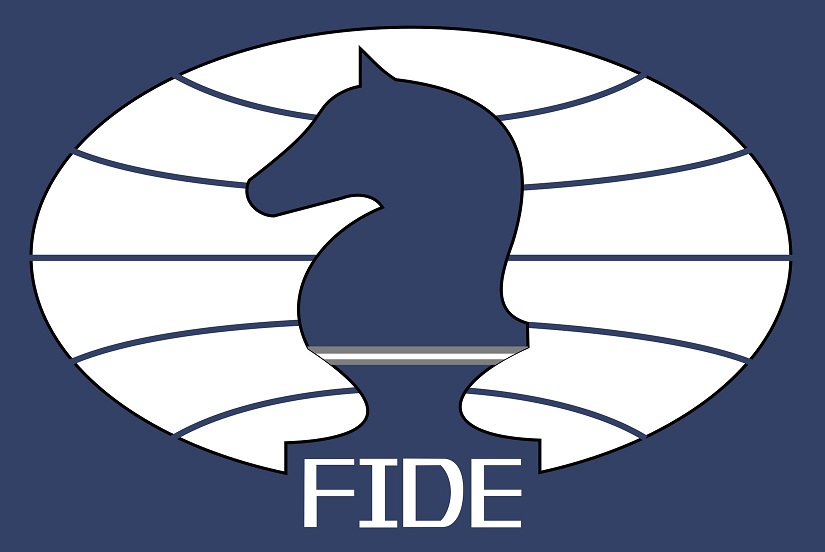
FIDE was founded in Paris, France, on July 20, 1924.Its motto is Gens una sumus, Latin for "We are one people". Its current president is Kirsan Ilyumzhinov.
IOC recognition:
In 1999, FIDE was recognised by the International Olympic Committee (IOC). Two years later, it introduced the IOC's anti-drugs rules to chess, as part of its campaign for chess to become part of the Olympic Games.
Member federations:
There are at present 158 member federations of FIDE, including 142 UN member states and 16 other entities. There were 159 until recently, when one was dropped. The list fluctuates, as new nations join and sometimes national federations collapse or are unable to pay their dues.
FIDE presidents:
- 1924–1949 (25 years) Alexander Rueb
- 1949–1970 (21 years) Folke Rogard
- 1970-1978 (8 years) Max Euwe
- 1978-1982 (4 years) Fridrik Olafsson
- 1982-1995 (13 years) Florencio Campomanes
- 1995–present (19 years) Kirsan Ilyumzhinov
Publications:
Kazic, Bozidar; Keene, Raymond; Lim, Kok Ann (1985). The Official Laws of Chess. Batsford. ISBN 0-7134-4802-4
FIDE (1989). The Official Laws of Chess (2nd ed.). Macmillan. ISBN 0-02-028540-X
Awards Related To Chess
Chess Oscar:
Chess Oscar is an international award given annually to the best chess player. The winner is selected by votes that are cast by chess journalists from across the world. The traditional voting procedure is to request hundreds of chess journalists from many countries to submit a list of the ten best players of the year. The voters are journalists who know the game and follow it closely, and so the honor is highly prized. The award itself currently takes the form of a bronze statuette representing a man in a boat.The prize was created and awarded in 1967 by Spanish journalist Jorge Puig, and the International Association of Chess Press (AIP). The awards were given from 1967 until 1988. Then, after a pause, they resumed in 1995, and have since been organized by the Russian chess magazine 64
Chess Awards in India:
- Soviet Land Nehru Award
- National Citizens Award
- Shri Rajiv Gandhi Award
- Rajiv Gandhi Khel Ratna Award
- K K Birla Award
- Sportstar Millenium Award
- Arjuna Award:
The Arjuna Awards are given by the Ministry of Youth Affairs and Sports, government of India to recognize outstanding achievement in National sports. Instituted in 1961, the award carries a cash prize of 500,000, a bronze statue of Arjuna and a scroll.
Sample Documents Of Chess
-Pele


